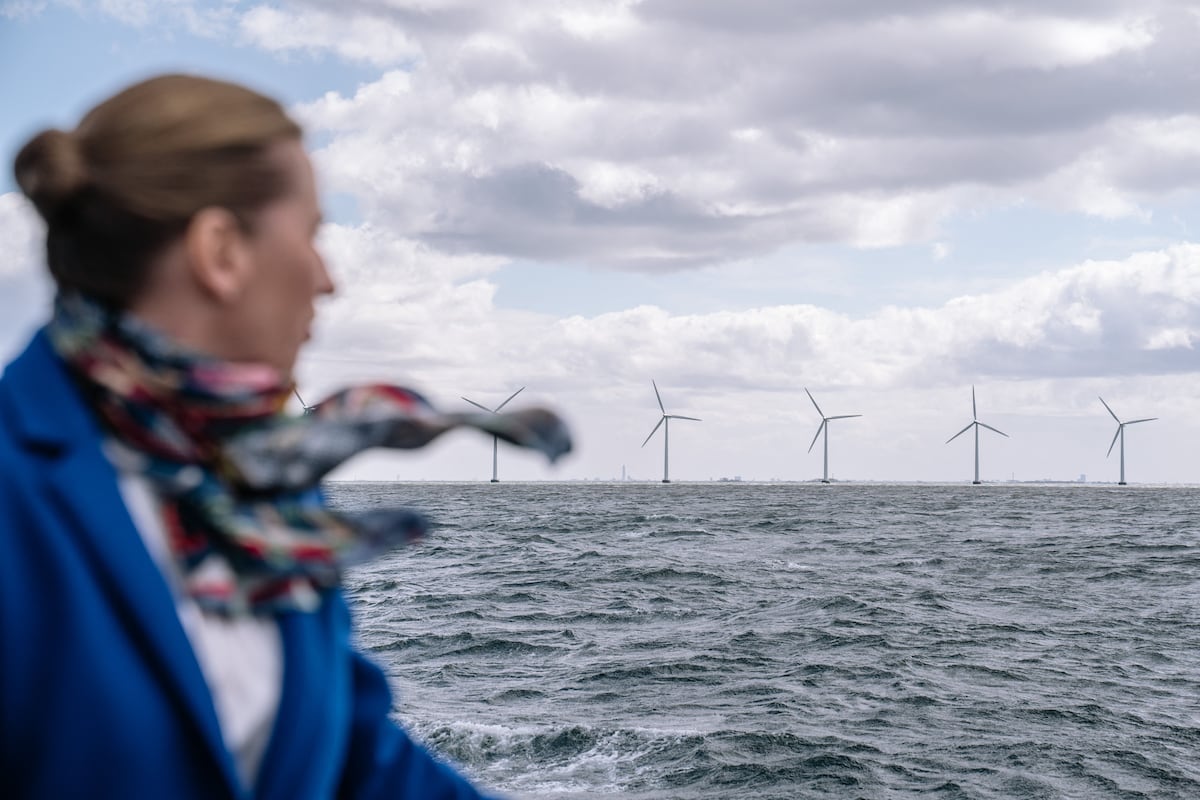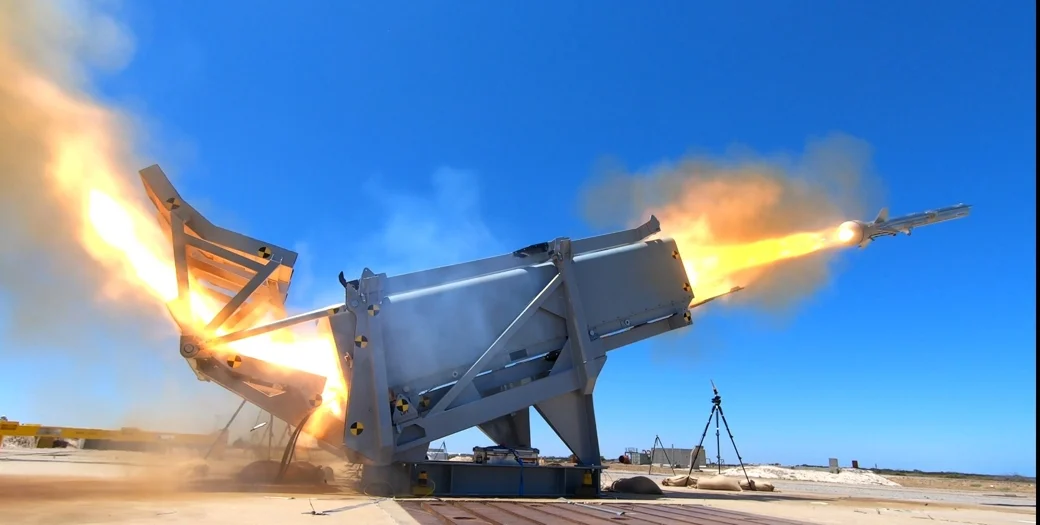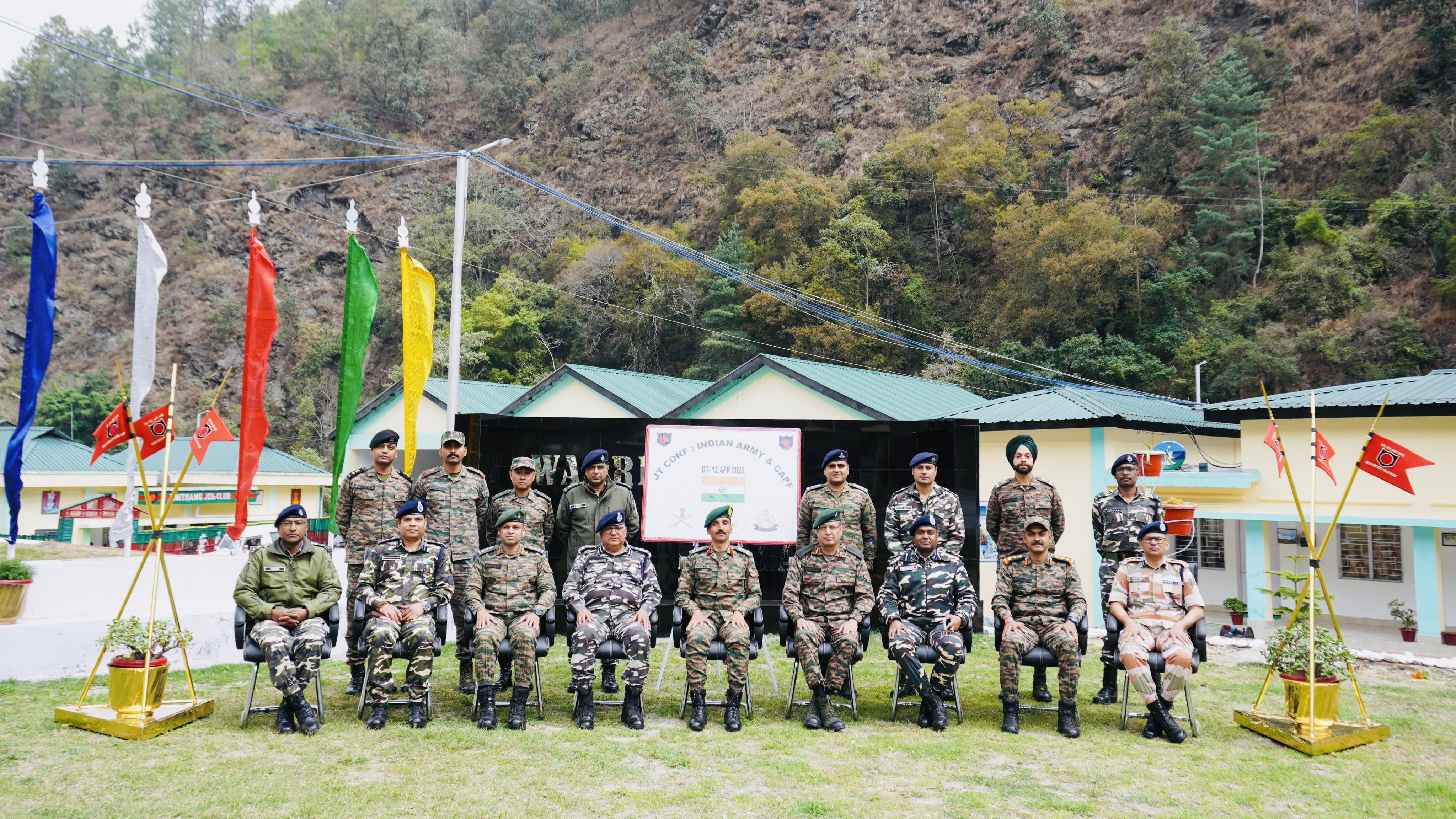Sweden’s government has recently made a significant decision to block the construction of 13 offshore wind farms due to national security concerns, specifically the potential risk of shortening the country’s early-warning window for a Russian missile attack. This development exemplifies a growing trend in Europe where national security considerations are increasingly influencing decisions that were previously viewed as purely civilian.
The core of the issue lies in the balancing act between advancing sustainable energy initiatives and maintaining effective surveillance of the national airspace. Wind farms, while crucial for sustainable-energy independence, can interfere with radar signals, thereby diminishing the quality of situational awareness for the military and defense agencies. Swedish Defense Minister Pål Jonson highlighted that the presence of wind farms could drastically reduce reaction times to aerial threats, shifting from 2 minutes down to just 60 seconds—a significant difference during a potential missile attack. He elaborated on how the wind farms could create a “shadow” that would leave certain areas of the sky undetected by radar.
Jonson’s remarks emphasized the specific threat posed by Russia, particularly given the proximity to the heavily militarized Russian exclave of Kaliningrad. Experts have underlined that radar interference from wind farms is a well-documented issue, and unless countermeasures are developed as construction expands, the risks could escalate.
Radar systems, which operate by bouncing electromagnetic waves off targets, can incorrectly identify moving wind turbine blades as potential threats. The high speeds at which turbine blades rotate can cause Doppler radars to register them as moving objects, leading to false positives that clutter situational awareness for air traffic controllers and military personnel alike. Benjamin Karlson, who heads the Wind Turbine Radar Interference Mitigation program at the American Sandia National Laboratories, discussed the complexities involved in mitigating these effects, mentioning that solutions range from expensive radar-absorbent coatings to temporary turbine shutoffs. Nevertheless, no singular solution has been deemed universally effective.
The significance of this issue has been recognized for years, dating back to discussions in the U.S. Congress in 2006. Efforts to address potential radar conflicts have resulted in closer collaboration between wind farm developers and federal agencies, although outright denials of projects have been rare. Instead, developers typically adjust the placement or design of turbines to minimize impact.
In addition to radar interference, Jonson raised alarms about how the proposed wind farms could hamper intelligence-gathering capabilities, further complicating Sweden’s national defense posture. The government ultimately concluded that permitting these constructions would entail “unacceptable consequences for Swedish security.”
On the other hand, as Europe grapples with energy security in the wake of Russia’s invasion of Ukraine, wind energy is viewed as a vital component in the transition to renewable energy sources. Historically dependent on Russian oil and gas, European nations are now in a race to reduce this dependency. Sweden’s current energy supply is stable, but rising electricity prices are expected as a direct consequence of geopolitical shifts. The construction of the rejected wind farms could have significantly boosted Sweden’s renewable energy output, connecting turbines from the Åland Islands down to Öresund.
Despite blocking the Baltic wind farms, Sweden approved the “Poseidon” wind farm off its western coast, which is set to include up to 81 turbines, producing an anticipated 5.5 terawatt hours of energy annually. The Swedish government aims to double its annual electricity production over the next two decades to meet rising consumption, largely relying on an increase in nuclear power capacity.
Similar dilemmas regarding the construction of wind farms relative to radar visibility have been encountered across other European nations. Defense ministries in the UK and France have expressed objections based on analogous concerns, promoting guidelines on the safe distances between wind developments and radar installations.
This intersection of energy independence, climate change, and national security emphasizes the complex landscape that governments must navigate in modern times. Sweden’s decision not only sheds light on these dynamics but also underscores the urgent need for cohesive strategies that harmonize energy objectives with national defense imperatives in the face of evolving threats.


















